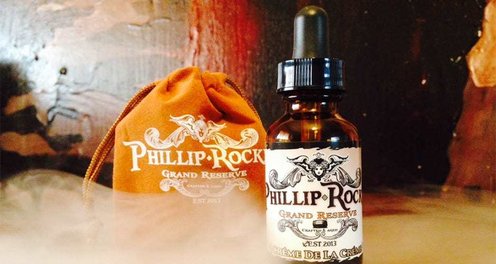S
Spyro
Guest
So the new fad that goes around these days is Oak barrel matured e-juice and recently some other methods of maturing juice.
I found no other thread on this but if there is please point me to it and erase this one.
This seems a little wrong to me. When one matures whiskey or wine the alcohol kills off the germs. With e-juice there is no such luxury. The wood contains bacteria. Cleaning the wood cannot remove the bacteria in it's entirety. And sealing the wood makes the entire process pointless.
I've seen people argue that the heat of the coils will kill the bacteria. This is false. Also what about spillage or spit back? Everyone drinks a little juice.
I want to know what happens to this juice and why people are choosing flavour over what could potentially be a major health hazard. Are any of the manufacturers bothering to send it away to be cultured in a lab to test for any nasties? At less than R1000 for a lab test it seems like it should be mandatory. I have a feeling these lines will totally vanish as soon as the regulations set in.
I would love for vendors to chime in. Because I don't understand the practise very well. I would love to send some away for testing but at this time R1000 for a lab test seems a waste to me - since I don't vape the stuff anyway.
Any input will be greatly appreciated. I'm not bashing the vendors here. I'm raising a genuine concern that I have.
I found no other thread on this but if there is please point me to it and erase this one.
This seems a little wrong to me. When one matures whiskey or wine the alcohol kills off the germs. With e-juice there is no such luxury. The wood contains bacteria. Cleaning the wood cannot remove the bacteria in it's entirety. And sealing the wood makes the entire process pointless.
I've seen people argue that the heat of the coils will kill the bacteria. This is false. Also what about spillage or spit back? Everyone drinks a little juice.
I want to know what happens to this juice and why people are choosing flavour over what could potentially be a major health hazard. Are any of the manufacturers bothering to send it away to be cultured in a lab to test for any nasties? At less than R1000 for a lab test it seems like it should be mandatory. I have a feeling these lines will totally vanish as soon as the regulations set in.
I would love for vendors to chime in. Because I don't understand the practise very well. I would love to send some away for testing but at this time R1000 for a lab test seems a waste to me - since I don't vape the stuff anyway.
Any input will be greatly appreciated. I'm not bashing the vendors here. I'm raising a genuine concern that I have.





